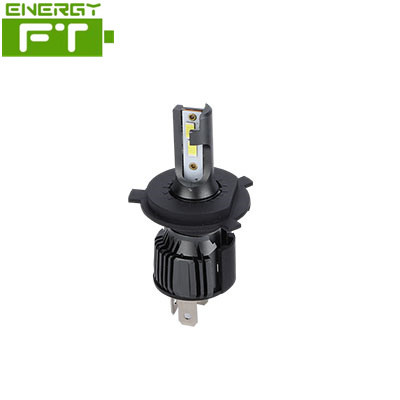
LED (Light Emitting Diode), a light emitting diode, is a solid-state semiconductor device capable of converting electrical energy into visible light, which can directly convert electricity into light. The heart of the LED is a semiconductor wafer. One end of the wafer is attached to a support, one end is negative, and the other end is connected to the positive electrode of the power supply, so that the entire wafer is encapsulated with epoxy resin. The semiconductor wafer consists of two parts, one is a P-type semiconductor, in which holes are dominant, and the other end is an N-type semiconductor, which is mainly electrons. When the two semiconductors are connected, a P-N junction is formed between them. When current flows through the wire to the wafer, the electrons are pushed to the P area. In the P area, the electrons recombine with the holes, and then they emit energy in the form of photons. This is the principle of the LED light. The wavelength of light, which is the color of light, is determined by the material that forms the P-N junction.
Contact: Cindy Huang
Phone: 0086-13727008595
Tel: 0086-0756-6835803
Company: Zhuhai Future Energy Technology Co.Ltd
Add: Fushan Industrial Park,Doumen District Zhuhai.GD.China